Sebastiaan Straatsma redefines the decorative vase
Objects of Love
-
Flash Vase
Courtesy of Sebastiaan Straatsma
-
Post Babylon Dustcollector
Courtesy of Sebastiaan Straatsma
-
Post Babylon detail
Courtesy of Sebastiaan Straatsma
-
Gradient series
Courtesy of Sebastiaan Straatsma
-
Flash Vase
Courtesy of Sebastiaan Straatsma
-
Flash Vase
Courtesy of Sebastiaan Straatsma
-
Monster Attack detail
Courtesy of Sebastiaan Straatsma
Sebastiaan Straatsma was lovesick. The Dutch artist had recently broken up with his girlfriend, and he was suffering. So he decided to embark on a new series of works. “Instead of keeping it all inside of me, I started making a vase,” he says. “That is what I do.”
Straatsma has made dozens of decorative vases, which he calls Dustcollectors. Contemporary takes on classic pieces, they are inspired by the archetypal shape and symbolism of traditional Delft blue pottery and ancient Chinese vases. Using a syringe, he applies multiple layers of his own special epoxy resin formula onto the surface of the vase in varying thicknesses, devoting considerable time to perfecting color combinations before he begins. The process is arduous, precise, and time consuming. The results are vivid, playful pictorial representations.
According to Straatsma, “A lot of people feel an immediate connection to the Dutch or Asian traditions when they see these pieces. These objects have a long history and importance to our cultures, and they refer to key moments and story lines.” In addition to these broader cultural references, Straatsma’s cylindrical layers and narratives sometimes also reflect his own deeply personal feelings and worldview, from commentary on nuclear war to personal relationships.
Straatsma attended the Design Academy in Eindhoven. He started out designing chairs and tables before making his first Dustcollector. His early works contained more classical references, but as his career advances, the designer has incorporated progressively more figurative and text-based imagery.
The Flash vase is the result of Straatsma’s unfortunate, yet apparently inspiring, heartbreak. The final piece in a collection of ten Dustcollectors known as the Love series, it is perhaps the most definitive and resolved of the set. “You pick and create what you need at that moment, from that piece,” the designer says. “There are different layers, techniques, words, and images. It communicates through poems and references.”
Color defines Flash’s mood. “Everything flows together in this piece; some of the earlier Love pieces were more chaotic in color. With Flash, there are three main color families—blues, greens, and reds. You can turn it around, and on every side there’s a certain rest and balance.”
Straatsma is clear about his message, but he wants to leave room for interpretation. “A lot of these words stand for something, and, for me, there is a clear beginning and end. In the Flash piece, it all starts with the words unique, instant, and pure emotion. If you read it in a certain way, all the words make up a poem.”
-
Text by
-
Tamara Warren
Tamara has written for The New York Times, Rolling Stone, The Detroit Free Press, Forbes, Details and over 100 other newspapers, magazines and websites. She founded the car culture site Gotryke.com. The Detroit native lives and works in Brooklyn.
-
Découvrez plus de produits
Whisper Chair de Ilaria Bianchi
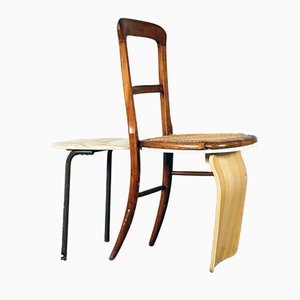
Etagère Swim par Andreas Berlin

Étagère Somebody Got Lucky par Andreas Berlin
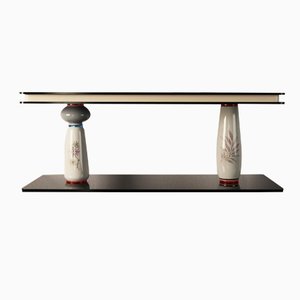
Table d'Appoint Glück par Andreas Berlin
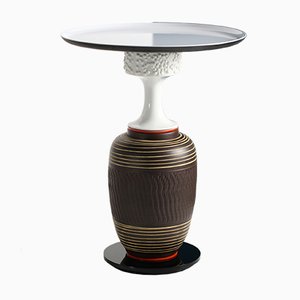
Miroir Saturn 177a par Andreas Berlin
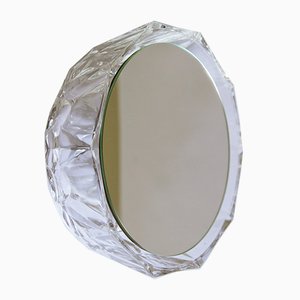
Miroir Saturn 177b par Andreas Berlin

Miroir Saturn 187a par Andreas Berlin
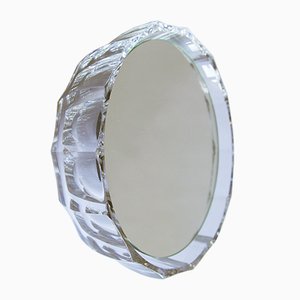
Etagère Duo par Ilaria Bianchi pour Marjoram Srl
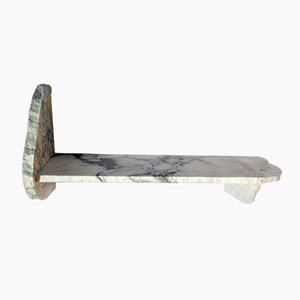
Etagère Duo Color par Ilaria Bianchi pour Marmorum Srl
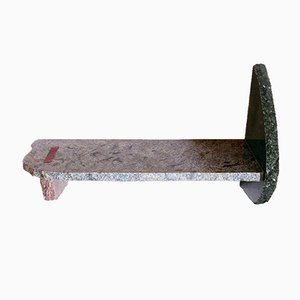
Etagère Duo Marolo par Ilaria Bianchi
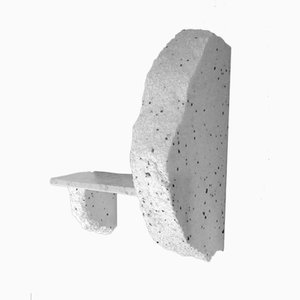
Chaise d'Appoint Tissée de Ilaria Bianchi
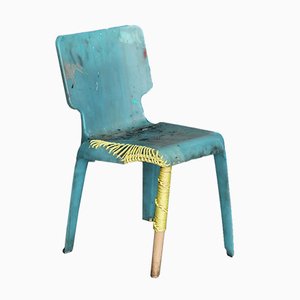
Récipient Hot Mess avec Fils de Tanner Bowman
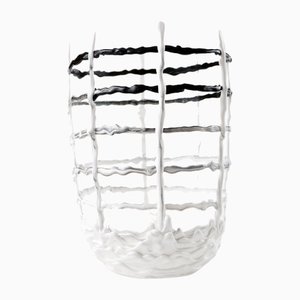
Récipient Hot Mess en Plastique de Tanner Bowman
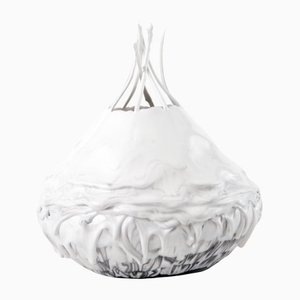
Récipient Bas Hot Mess de Tanner Bowman
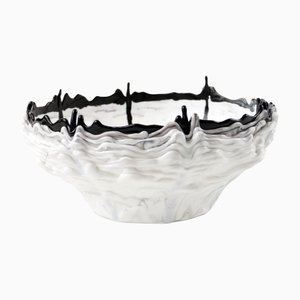
Récipient Hot Mess de Tanner Bowman

Hot Mess Vessel Gold, Clear, and White Rotund Bowl by Tanner Bowman
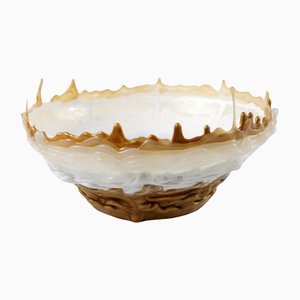
Hot Mess Vessel - Clear and Copper Flask - by Tanner Bowman
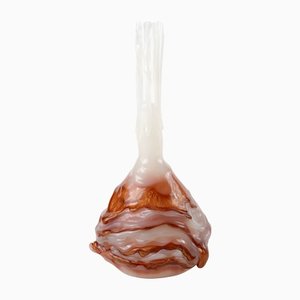
Lampe Gesso Blanche par Jonas Edvard
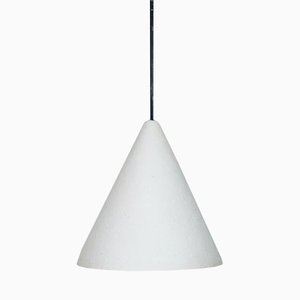
Lampe Gesso Anthracite par Jonas Edvard

Lampe Gesso Ocre et Blanche par Jonas Edvard

Lampe Gesso Bleu Berlin par Jonas Edvard

Lampe Gesso Anthracite et Blanche par Jonas Edvard

Miroirs Saturn 177a, 187a et 219a par Andreas Berlin, Set de 3









 Straatsma at work
© Stefanie Grätz
Straatsma at work
© Stefanie Grätz
